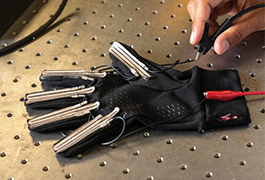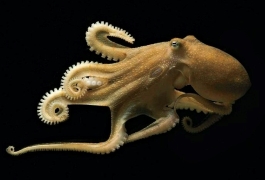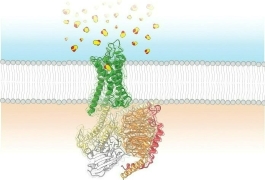Redefining the Mole
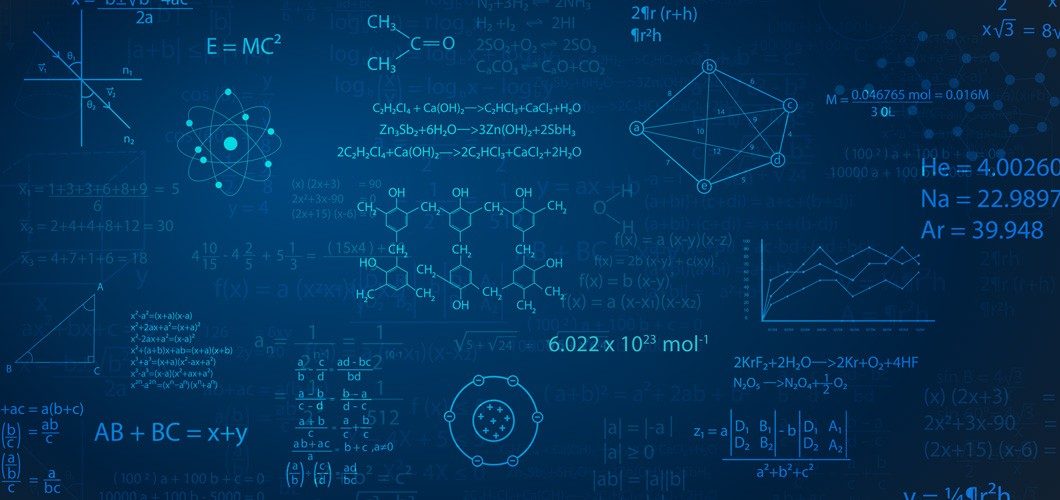
One of the most fundamental units of measure in chemistry is the mole. We use it to count large amounts of tiny things, like atoms, molecules, and ions. Historically, the mole has been defined as the number you get if you sit down and count all of the 12C atoms in a 12 g (0.012 kg) sample. This value is also known as Avogadro’s number. Determining its exact value has been a long-standing issue for metrologists, scientists who study measurements. But that’s about to change.
On May 20, 2019, World Metrology Day, the scientific community will have an exact value for Avogadro’s number and a new definition for the mole—all because of a block of metal in France.
The alloy block in question, made of 90% platinum and 10% iridium, is an 1889 artefact and the official International Prototype of the Kilogram (IPK). Its mass is equal to the current measure for the kilogram. Even though the platinum-iridium cylinder was kept under three locks and keys in an underground vault outside of Paris, France, measurements in 1990 showed it had lost 50 micrograms (about the mass of an eyelash).
With scientists routinely making measurements on an atomic scale, a more stable definition was needed. Ultimately, scientists agreed to redefine the kilogram so that it is based on Planck’s constant and independent of any particular physical object.
But changing the definition of the kilogram means changing the definition of units based on it. Metrologists saw the perfect opportunity to develop a definition for the mole that does not relate to the mass of a carbon sample. “This connection is not wanted anymore,” says Horst Bettin, a chemist at the Physikalisch-Technische Bundesanstalt (PTB), Germany’s national institute for weights and measures, in Berlin. The mole is “not a mass, it’s a number,” he adds. It was time for an independent definition of the mole.
Number of items in a mole
All measurements come with an uncertainty. Avogadro’s number started out as 6.022 x 1023 mol-1, with the subsequent digits changing as measurements became more precise. From 2010 to 2014, Avogadro’s number was accepted as 6.022 141 29(27) x 1023 mol-1 with a relative uncertainty of 0.044 ppm. Then, in 2014, it was updated to 6.022 140 857(74) x 1023 mol-1 with a relative uncertainty of 0.012 ppm.
But other numbers have no errors associated with them: A pair is 2, a dozen is 12, and a gross is 144. What if Avogadro’s number could be defined the same way?
The International Committee for Weights and Measures put the challenge of developing an exact value for Avogadro’s number to the scientific community. There would need to be at least two values with 0.02 ppm of each other in order to be accepted. While the physicists set to work calculating a value from Planck’s constant, the chemists turned to silicon.
Switching standards
Since the 1950s, scientists have relied on silicon, not carbon, to determine Avogadro’s number. The semiconductor industry figured out how to grow large, single crystals of natural silicon, in which almost every atom was perfectly arranged in a crystal lattice. Metrologists thus measure Avogadro’s number by considering the molar volume of a silicon crystal and dividing it by silicon’s atomic volume:
Na = Molar volume/Atomic volume = nM/pa3
where n=8, M=molar mass, p=density, a=lattice parameter
In 1974, the National Institute of Standards and Technology (NIST) in Gaithersburg, MD, attempted the first modern measurement of Avogadro’s number using a natural silicon crystal. The measurement’s uncertainty hovered around 1 ppm. “This was the first direct measurement, but they also concluded at that time that the next advance would come when you were dealing with enriched silicon,” says Robert Vocke, a NIST mass spectroscopist. Natural silicon contains three isotopes: 28Si, 29Si, and 30Si, each with a different molar volume. Natural silicon is about 92% 28Si. In the 1990s, Germany’s PTB tried measuring Avogadro’s number with natural silicon. “The isotopic composition was a problem; we could not measure it accurately enough,” says Bettin.
Getting really, really pure silicon
In the late 1990s, the International Avogadro Coordination, now commonly known as the International Avogadro project, was formed with the mission to create spherical crystals of enriched 28Si and produce measurements of Avogadro’s number with relative uncertainty less than 0.02 ppm. For enriched 28Si, the scientists turned to the Central Design Bureau of Machine Building in Saint Petersburg, Russia, which had large centrifuges necessary for performing isotope enrichment. “It was quite expensive,” says Bettin.
The PTB and other national institutes for weights and measures of Italy, Japan, Belgium, and Australia pooled around 2 million German marks (about $1.7 million in today’s U.S. currency) to pay for the enriched 28Si. “I think it was the first time ever that metrological institutes collected money for a project,” he says.
The Russian scientists produced 99.9995% 28Si . “Only one atom in one hundred million was the wrong one,” says Bettin. The enriched 28Si, now in numerous tiny crystals, then traveled to the Leibniz-Institut für Kristallzüchtung in Berlin, where it was all melted down and carefully regrown as a cylindrical single crystal weighing almost five kilograms. That crystal went to the Australian Centre for Precision Optics in Sydney, where two spheres were cut from its bulges and polished down into perfectly round spheres weighing exactly the same as the IPK. (The polishing alone took six months.) Each sphere cost a million euros ($1.2 million in today’s currency).
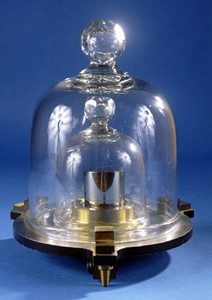
Determining volumes
Now that it was assured that 99,999,999 atomic volumes out of 100,000,000 would be the same, it was time to determine the volumes. But scientists at metrological institutes worldwide still needed to take that one-in-10-million “wrong” atom into account, which presented a challenge.
“The trouble with high enrichment is you’re looking at huge ratios,” says Vocke. German scientists developed a technique that involved treating the 29Si and 30Si isotopes as one element, which was easier to compare to the 28Si signal. In 2010, they published a value for Avogadro’s number, 6.02214084(18) x 1023 mol-1 with a relative uncertainty of 0.03 ppm. It was better, but not yet good enough.
The chemistry of counting atoms
In December 2010, PTB invited Vocke along with metrologists from Canada’s National Research Council and the National Metrology Institute of Japan (NMIJ), to help make parallel measurements of Si’s molar mass. They worked with silicon chips removed along the length of the original cylinder around the spheres. There, Savelas Rabb, a colleague of Vocke’s, realized there was a problem with the sample preparation: Everyone was dissolving the silicon chips in sodium hydroxide.
Sodium and silicon have similar masses, so any sodium that entered the sample was being mistaken for silicon. The scientists switched to (CH3)4NOH (tetramethylammonium hydroxide). It has roughly the same strength as NaOH, but, while Na+ ions cling to the surface of the Si sphere, the (CH3)4N+ ions vaporize in the beam of the mass spectrometer.
In all, the molar mass of 24 chips from across the original silicon cylinder were measured by NIST, PTB, and NMIJ. They took the average of all 24 measurements to eliminate biases in their methods. In 2015, they published another result, 6.022 140 76(12) x 1023 mol-1, matching the value determined by the physicists with a relative uncertainty of 0.02 ppm. The goal was finally met.
“The good thing in science is that scientists work together all over the world,” says Bettin. “That’s why we reached this uncertainty and can redefine [the mole].”
On November 16, 2018, delegates from some 60 countries met in France and voted to lock the values of Avogadro’s number (as well as Planck’s constant, the Boltzmann constant, and elementary charge).
Because the metrologists were held to such high standards of measurement, the redefinition will be like Indiana Jones’s Holy Grail swap – unnoticeable by most of us. But scientists worldwide operating at the frontiers of science and technology will certainly appreciate the change.



